By Aisha Belagam
Twitter: @AishaBelaPR
Fashion bloggers jet setting to tropical destinations wearing the trendiest floral prints. Genetically blessed Instagram influencers promoting weight loss pills after an early morning session at Equinox. From selfies to flat-lays, these are the types of personalities and formats that typically come to mind when you hear the term ‘influencer’. But these personalities won’t do much for your B2B marketing strategy.
 As with B2C, B2B influencer marketing is about connecting with influential people in your community and leveraging them to build trust and credibility, driving your message. In this digital age, where social media is becoming a regular part of everyone’s lives, influencer marketing is becoming a vital part of the communications strategy. And yes, you can and should use it for B2B companies. The C-Suite is engaged on social media and 84% of CEOs and VPs say they use social media to help make purchasing decisions. Here are three tips to consider when developing your B2B influencer marketing strategy:
As with B2C, B2B influencer marketing is about connecting with influential people in your community and leveraging them to build trust and credibility, driving your message. In this digital age, where social media is becoming a regular part of everyone’s lives, influencer marketing is becoming a vital part of the communications strategy. And yes, you can and should use it for B2B companies. The C-Suite is engaged on social media and 84% of CEOs and VPs say they use social media to help make purchasing decisions. Here are three tips to consider when developing your B2B influencer marketing strategy:
1. Where are they and who do they look to?
Who and what influences your target audience? Don’t get deflected by focusing on who has the most followers. A million followers do not necessarily equate to a huge influence on your target audience. This isn’t a popularity contest. Plus, upcoming thought leaders are more likely to have the capacity to pay attention to your brand. Focus on influencers who receive a large amount of engagement on topics relevant to your vertical. These are the thought leaders you’re looking for. The analysts, industry experts, authors, speakers, and media folk who are actively involved in industry discussions, leading the way with their expert insight and educated opinions. You’ll find most of them on LinkedIn and Twitter.
2. Look within
Who understands your brand better than your team? No one. That’s why you should leverage the CEO, employees, and clients as part of your strategy.
Employee advocacy is a powerful thing. Encourage your employees to promote your brand, whether it’s through social posts and blogs, at speaking opportunities, or by getting involved at industry events. Empower those with the most knowledge, the ones who work on your brand daily, to become the thought leaders opining and engaging, increasing your brand’s visibility.
C-level executives are an integral way for B2B brands to make a personal connection. They are the thought leaders bringing the brand to life. Using C-level executives is a key way to build relationships with analysts and the media, increasing coverage and establishing credibility.
Share results. Success stories from your customers can be packaged into consumable case studies, infographics, and testimonials. It’s great to have your team promoting your brand, but there is an obvious bias. Your customers, on the other hand, don’t have the same stake in your company and their experiences add a layer of authenticity.
3. Don’t just promote your own agenda
Build a real relationship with your influencers so they are engaged before you need them. It’s a two-way street. Think about how you can help them while promoting your brand. Reference them as experts, quote them in your blog posts, give them access to your products or services, engage with their social content, and stay top of mind. When the time comes, they will be more familiar with you and more likely to go the extra mile to help your brand.
Influencers can help a B2B brand through numerous channels. Think about your goals and identify what your brand needs. Influencers can do everything from collaborating on social content to hosting a webinar, from being an ambassador at your tradeshow to quoting you in their latest interview.
As interest in traditional forms of advertising plummets, influencer marketing is becoming a more important part of the integrated strategy. Collaborating with influencers in the ways outlined above can help your brand become more influential in itself.
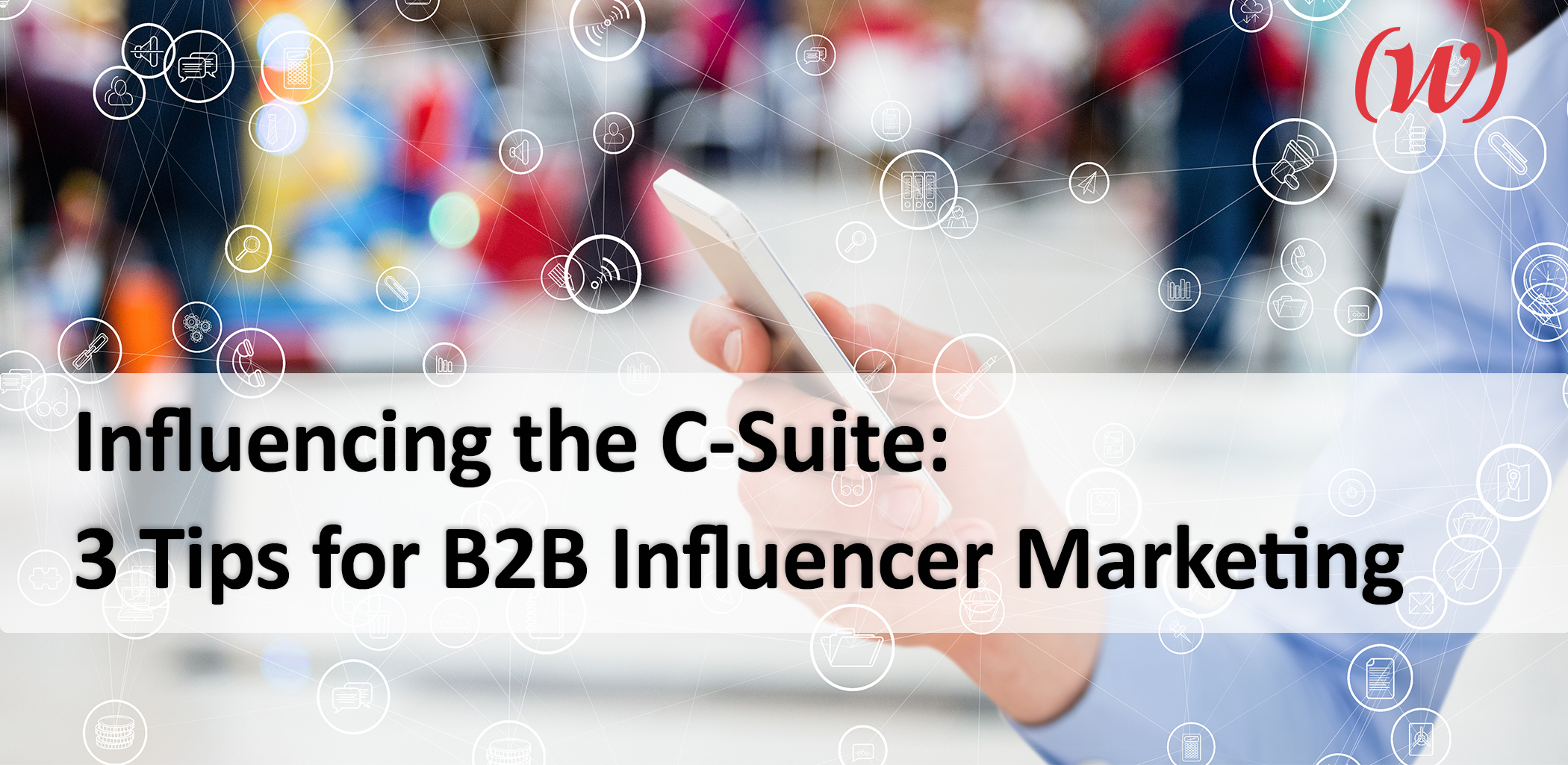
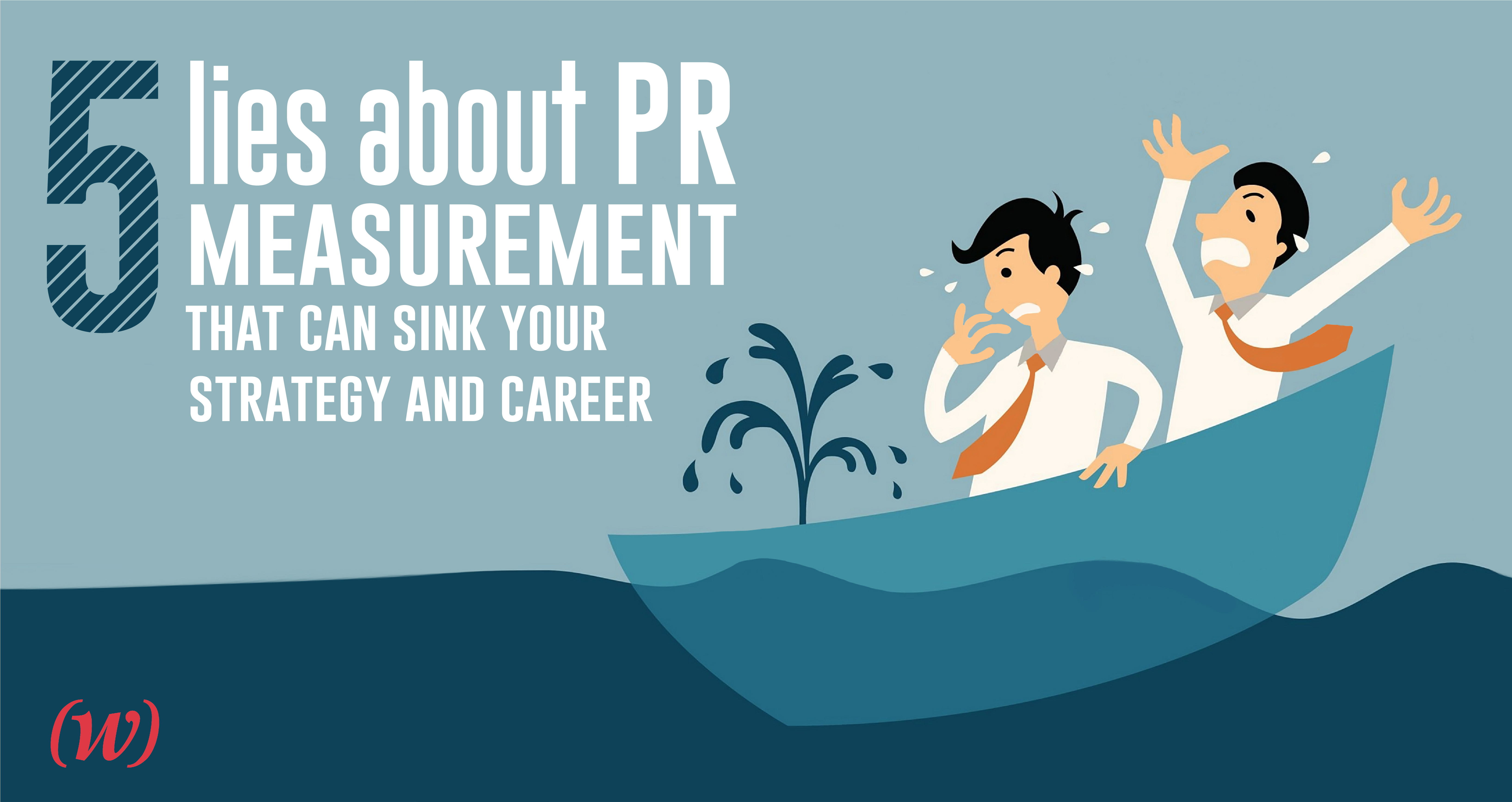

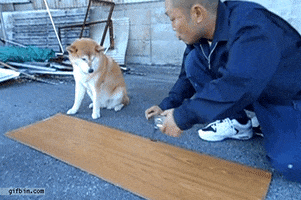


 The Facts about Diversity:
The Facts about Diversity:
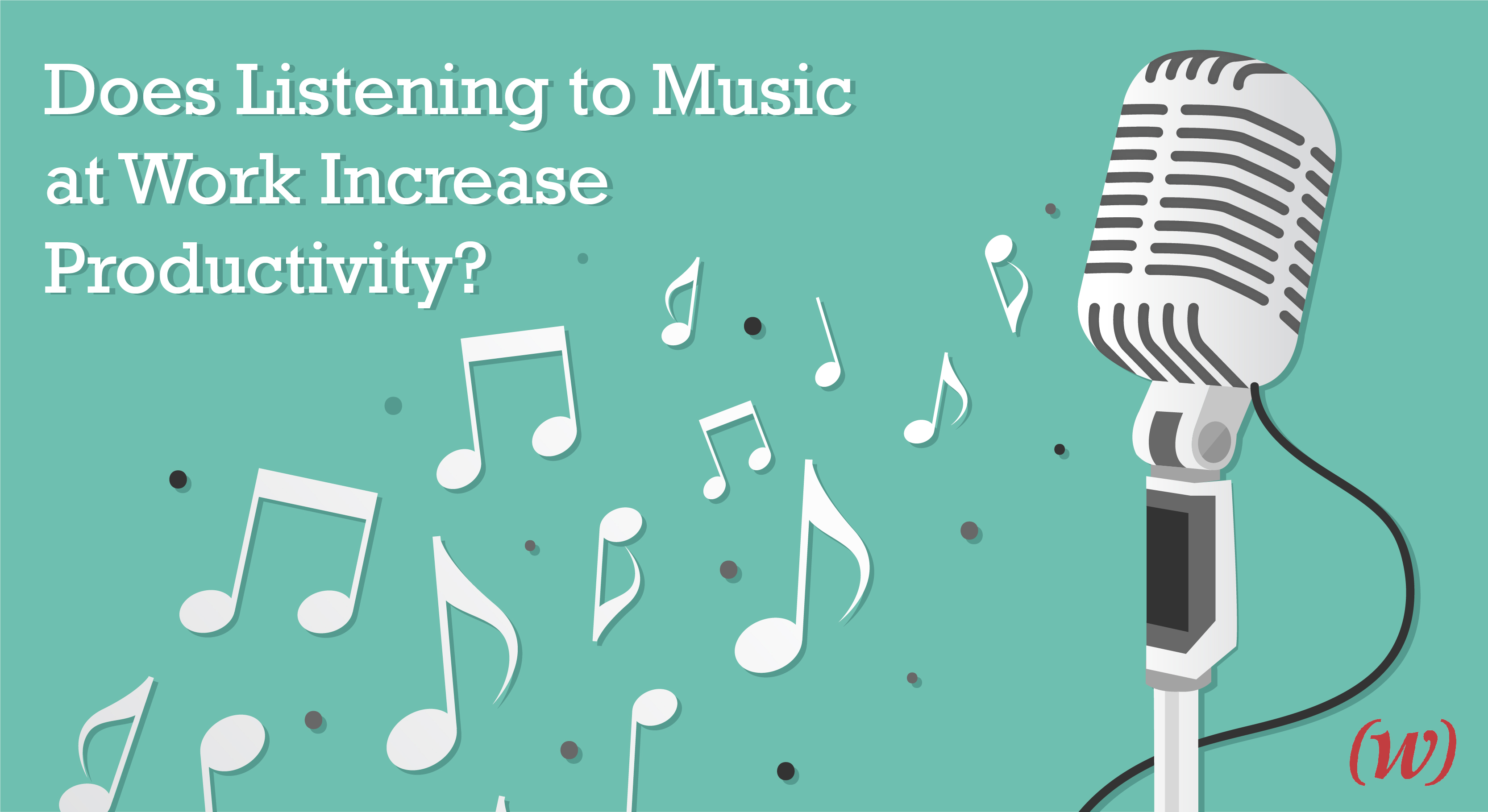







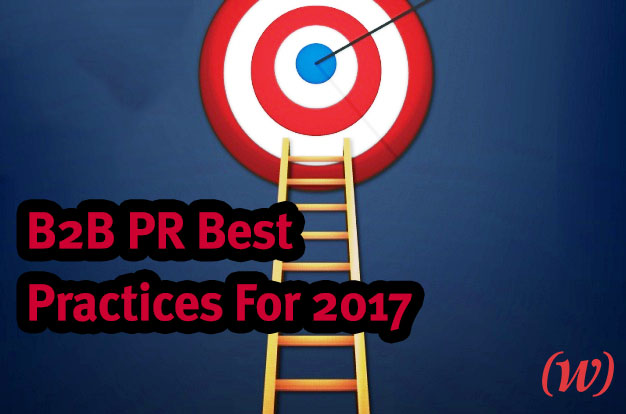













 Grant Wright
Grant Wright Corie Fiebiger
Corie Fiebiger
 Shae Geary
Shae Geary Phelan Riessen
Phelan Riessen Katrina Early
Katrina Early Hamish Marshall
Hamish Marshall